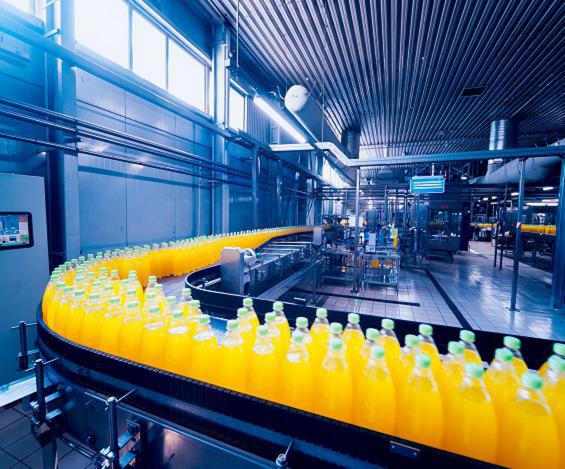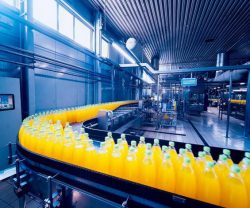Chemicals are key for many products in commercial, industrial, and consumer industries. Creating proper formulations is merely the beginning of the process, but manufacturers need a product to use and one that meets whatever specifications necessary to ensure performance, purity, integrity, and safety. These specifications and requirements are outlined by organizations such as the United States Pharmacopeia (USP), American Chemical Society (ACS), and many others.
Why do Chemical Grades Matter?
These grades indicate the purity and quality of a chemical. Certain applications such as consumer or medical products, require stringent quality standards compared to industrial or educational applications. It is important to know what grade you need so you do not make costly mistakes or non-compliant products.
For example, all drug and drug products in the United States must be in compliance with USP-NF current standards as outlined in the USP-NF Compendium of monographs. Each chemical has a monograph that serves as a standard. These monographs provide information about a chemical’s appearance, solubility, weight, safety, and purity. Purity standards will include testing information and acceptable results. These purity standards help control quality and maintain the integrity of chemicals and end-products. The FDA approves all products and is responsible for compliance and regulation of food, drug, and other consumer products.
What are Some of the Chemical Grades?
There are a variety of chemical grades including industry-wide standards and some specialized for specific scientific applications. We will highlight some common grades used in commercial, industrial, and consumer applications. Some key grades are:
- ACS Grade: Chemicals that are ACS grade meet or exceed standards set forth by the American Chemical Society. This is the most stringent grade and requires high purity. Products with ACS grade are acceptable for use in food, drug, or medicinal uses.
- FCC Grade: Chemicals that are FCC grade meet standards outlined in the Food Chemicals Codex. The FCC was acquired by the USP, but still uses the Codex for food chemical standards. This applies specifically for food ingredients and includes special tests for toxicity and ensure suitability for human consumption. The FCC is not officially recognized in the United States, but FCC standards are incorporated into hundreds of FDA food regulations.
- Lab Grade: Chemicals labelled as Lab Grade have unknown levels of impurities. These are popular for educational or demonstration purposes. However, they fail to meet purity standards for food, drug, or medicinal uses.
- Reagent Grade: Chemicals with a Reagent Grade generally equal ACS grade standards. These are acceptable for food, drug, and medicinal use and are suitable for use in many laboratory and analytical applications.
- Pharmaceutical Grade (USP): Chemicals with a Pharmaceutical Grade meet or exceed requirements of a national pharmacopeia. The most common pharmacopeia is USP, but these can meet the standards of the British, Japanese, European, and other pharmacopeias. Many countries incorporate USP standards into their own national pharmacopeia.
- Technical Grade: Chemicals meeting a Technical grade are used for commercial and industrial purposes. It is not pure enough to be used in any food, drug, or medicinal applications. Like Lab Grade chemicals, these are suitable for demonstration purposes.
Considerations for Selecting a Grade
It is critical to know these grades and which one is required for you process as these grades ascertain: identity, potency, purity, and performance. Having chemicals that are certified ensure your commercial, industrial, or consumer products are in compliance of all standard and regulations. If you need to substitute for cost or availability reasons, it is important to understand these grades as well as the following considers:
- What is the minimum grade required? Can I use a lower quality grade?
- What are the differences and similarities of the grades considered?
- What are the regulatory and economic consequences of the higher or lower grade?
When making a decision on chemical grades, keep these considerations in mind as well as understanding regulatory considerations. Understanding these grades will reduce headaches and confusion and ensure you are making the best product possible. Twin Specialties has a large catalog of chemicals and chemical substitutes that meet your manufacturing need.



